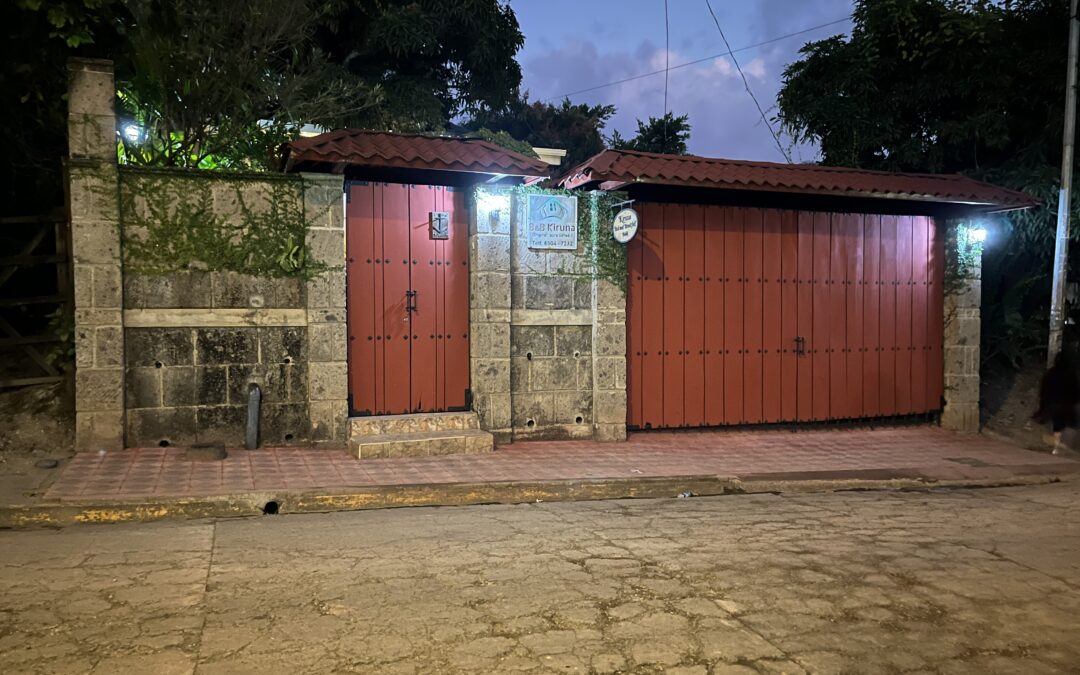The rich coffee traditions of Nicaragua’s northern interior
The chicken bus hugs Lago Xolotlán’s east shore of pale-green water stretching toward deep, tropical forests and dusky mountains. From sea level we sweep up hillside roads along lush, bottle green fields of tobacco leaves, coffee plants and cattle speckled high pastures that extend to the Honduran border and east to the interior jungles.
The inaccessible and rural north has been coffee and tobacco country for centuries and a center of political uprisings for even longer. Fifty thousand Nicaraguans died overthrowing the brutal dictatorship’s half-century regime. I pass remnants of factories and farms destroyed by Somoza’s air force. I go through small towns where teenagers – muchachos – armed with no more than pistols and homemade explosives stood their ground. The blurred footage of young Nicaraguans wielding assault rifles in the mountains that went around the world is from here. This is where the rebellion took control of Estelí and Matagalpa on its way west and south to Chinandega and Masaya – all the way into the capital of Managua.
Nestled in Nicaragua’s northern highlands, Matagalpa’s climate has a closer resemblance to Switzerland and the Austrian Alps than a tropical country. Pristine mountain lakes, rivers and lush green forests enclose Matagalpa and soften its decaying urban topography.
My base of adventure is San Ramon, a 6-mile cab ride from Matagalpa. There are no luxury hotels near Matagalpa. There are no large hostels that cater to drinking-enhanced socializing. The draw of the northern interior is encountering every day manifestations of inherent local culture through connections with hosts.
I’m a guest in a light-filled, impeccably maintained house. My hostess welcomes me with meticulous supervision of daily breakfast preparation and kind attention to my well-being. Nicaraguan food has a hearty simplicity: a local protein, with fried plantains, and gallo-pinto, or beans and rice, sometimes washed down with Toña tropical lager. Beans and rice are eaten with most meals. Corn is an essential component. Typical dishes include tortillas, enchiladas, tripe and beef knuckle soup and baho – meat, vegetables and plantains cooked in banana leaves. As an American I’m accustomed to richer food and greater variety. I’m at ease. Everything is fresh, local and served from the heart. The city of Leon, next on my itinerary, will offer a more varied food scene.
Grandeur in the face of unresolved social concerns led Mark Twain to coin the phrase “Gilded Age” in his 1873 novel. I ramble and climb the northern interior’s byroads, observing once magnificent homes built on lavish estates lingering as ghosts of what glittered on the surface but was corrupt underneath. Prior to 1979 most of the estates belonged to the Somoza family, their top civilian supporters and national guard officers. Most of the holdings appear to have been confiscated. Some are repurposed as cooperatives, some lost to time; succumbing to neglect as scarce resources were diverted to social and military programs.
I marvel at the good fortune of friendship and the lucky, unexpected places it turns up. I join my hostess for Sunday Mass. We walk across the village, where everyone greets her by name. We enter tiny, whitewashed Parroquia de San Ramón. I’m no longer simply jumping off from here to visit coffee farms and waterfalls. On this day of worship, I’m joined in solidarity with this community and its spiritual practices that have the power to heal.

